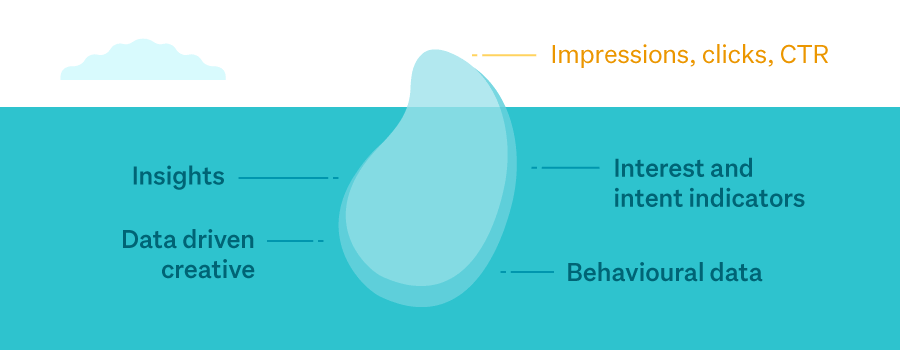News Next article
The perception of clicks as a performance metric
By taking an audience-led approach across Trade Me, we can influence the consumer at each stage of the path to purchase
By Brooke Ward 25 February 2019When using smart data in an increasingly fragmented digital landscape, it’s important to build our marketing mindset around the journey of data-driven marketing. This will require a conscious shift from standard metrics such as reach and clicks, to an overall media strategy analysis. For example, giving weight to qualitative KPIs (sign-ups, footfall or enquiries), over quantitative metrics like clicks and reach.
By taking an audience-led approach across Trade Me, we can influence the consumer at each stage of the path to purchase. Because we understand the in’s and out’s of our consumers journey, we can deliver the right message to the right audience at the right time. In 2019’s ad-saturated online spaces, whether or not the consumer clicks on the ad itself is becoming less relevant.
We see proof that a holistic media strategy is valid and effective in practically every campaign report we pull. Understanding who the audience is, through our members online behaviour and interactions and how these translate into real-world intentions, should be the priority of digital marketers, not a standard metric KPI of clicks. This approach proves that there is an inherent value in exposing an ad to the right audience, even if they do not click through to your site.
Using an awareness, interest and intent model to shape your marketing approach brings this philosophy to life. At the awareness stage, your ads can encourage brand preference by influencing customers at the early stage of the buying process. At the interest stage, your ads can attract leads by reaching in-market customers who have shown interest in purchasing. Then, at the intent stage, your ads can influence customers who have shown intent to buy. Notice that it’s perfectly feasible for consumers to move through this funnel without actually clicking on a relevant ad.
Optimising your approach to moving consumers through the marketing journey is a far more productive challenge to overcome, rather than “how do I get more people to click on my ads”. This is applicable to all consumers, whether they’re beginning their research journey, developing a brand preference or are in the market to purchase.
We can control our KPI’s, who our audiences are, how they are qualified, the forecasted reach and the frequency at which they are served ads.
We assess campaign ROIs by using attribution modelling. This results in a better understanding of which touchpoints in the campaign (creative, channels and messaging) were responsible for which conversions. Moving away from standard digital metrics can be a difficult shift, however this final stage provides the quantitative metrics we crave as marketers.
Author


